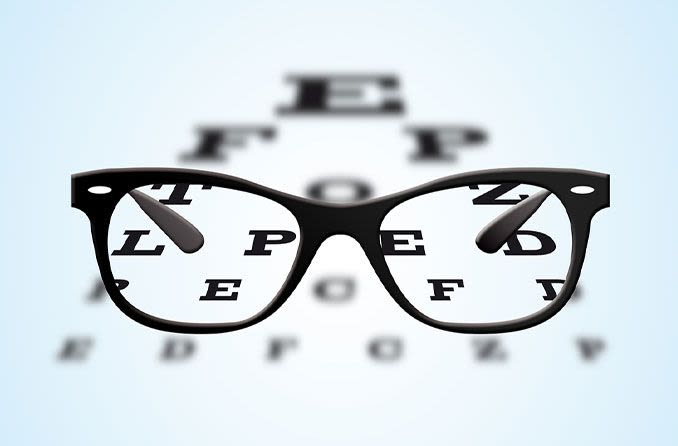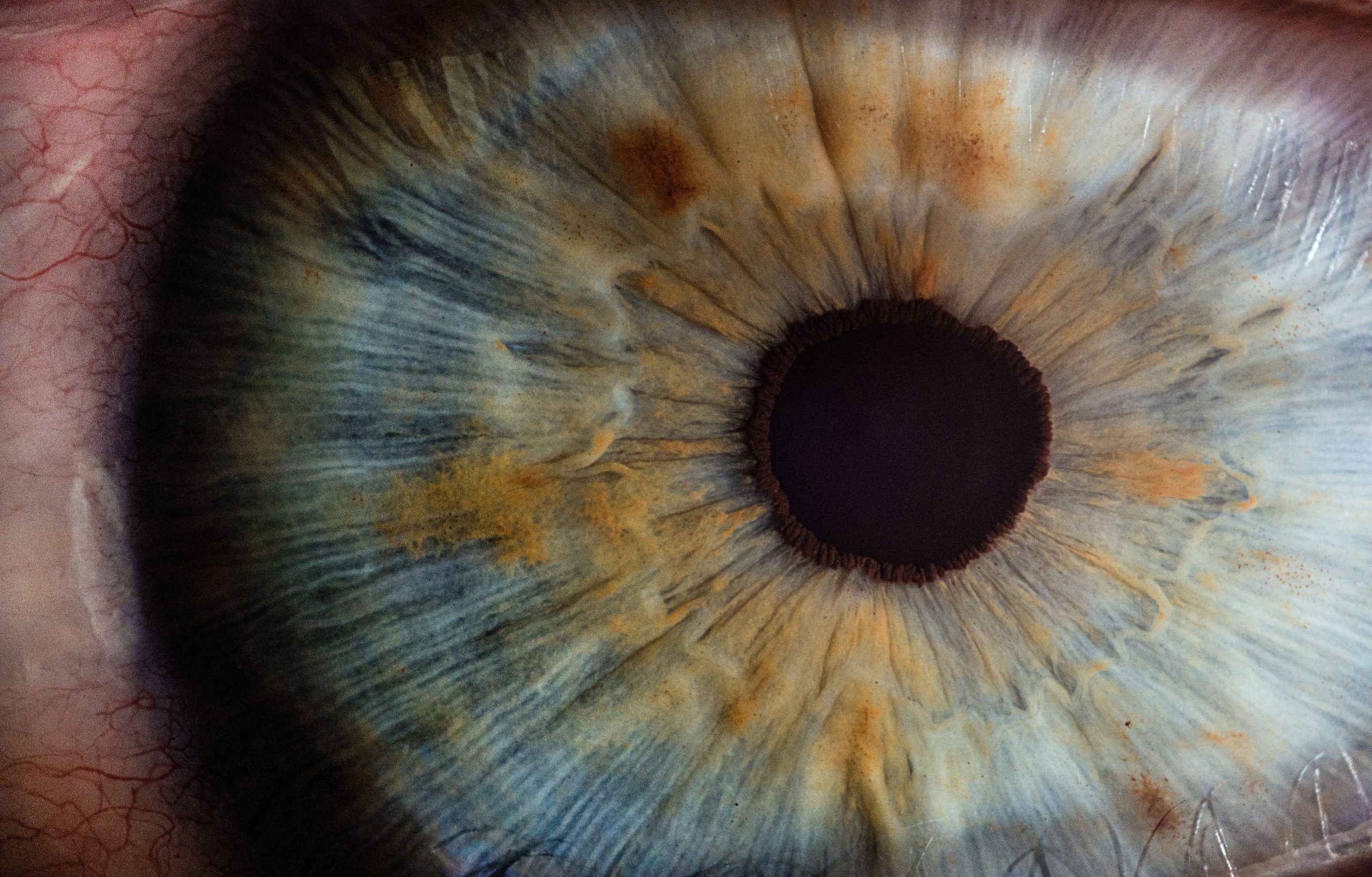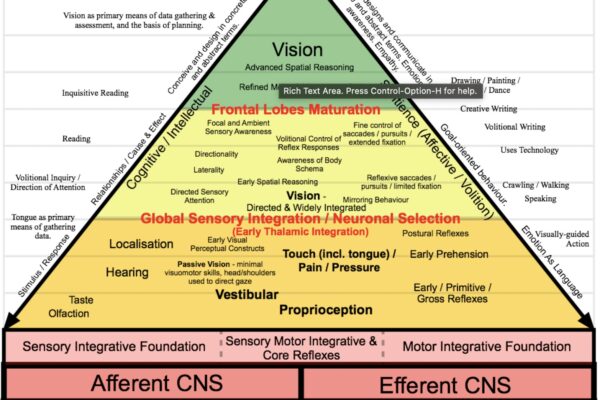
Introduction to Learning and Vision Therapy: Principles Part VIII
Neurosensory Integration and the Visual Hierarchy Introduction “It has not been easy for the helping professions to conceive of human behavior as an expression of the brain, and they are still struggling to do so… The employing of neural mechanisms to enhance motor development is now well established; the current area of major growth and…


